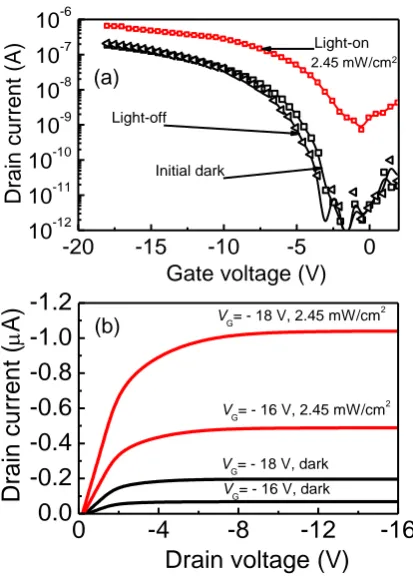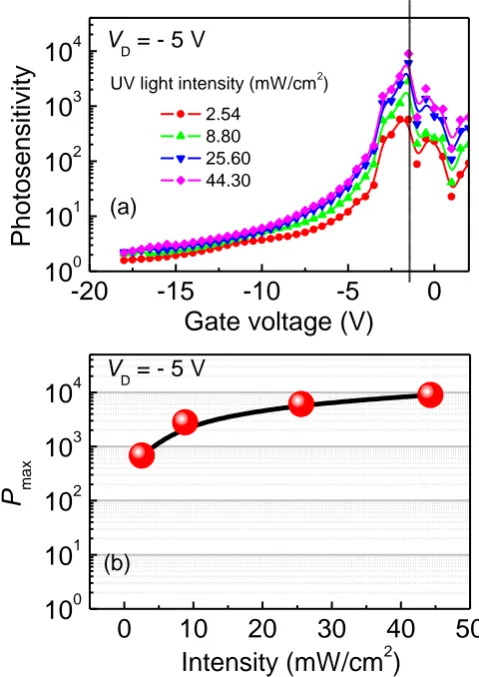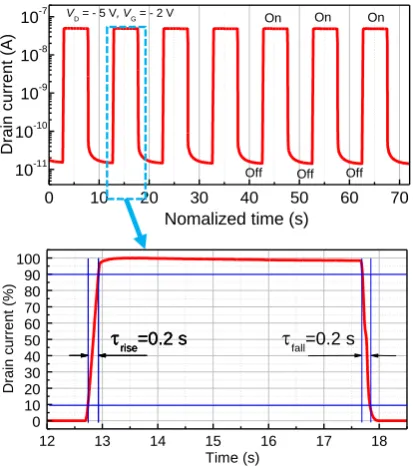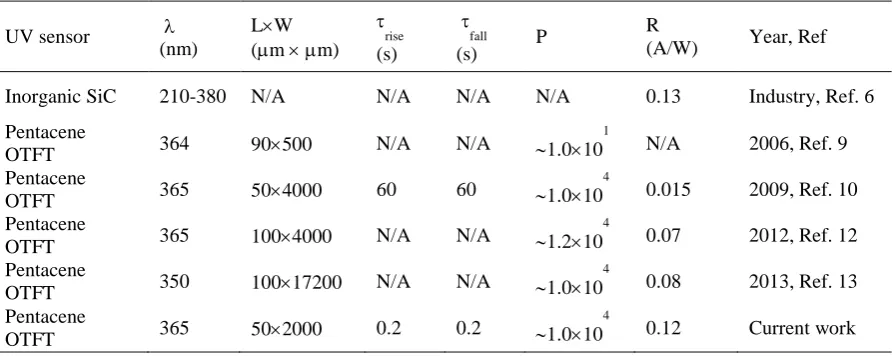Photoelectrical Characteristics of UV Organic Thin-film Transistor Detectors
Full text
Figure




Related documents
CoAP protocol and observing resource, similar to http, in the Internet of things (IoT) and wireless sensor..
Public sector respondents regard in-house teams as crucial to executing their Cloud plans but they also value a range of service providers very highly as project
There are several researches that have been done on the optimal mean-variance-CVaR (MVC) model of portfolio but no much studies have been carried out in the area by using the
For the differenti- ation of epileptic seizures from psychogenic nonepileptic seizures, one Class I and seven Class II studies showed that elevated serum prolactin was highly
Robustness, energy efficiency, High success of data delivery and energy efficient these four feather comes under location based protocol which are not available
As in the case of the four-year pro- gram format, we cannot be sure whether it is the educa- tional environment of the program that has successfully implemented scholarly tracks
1) At the moment α, the LLCRC was almost null. The resources consumed at the time moments which were very close to the moment α represented a very small
The aim of this study is to compare success rates of two glaucoma filtering surgery procedures, especially to examine the value of the non- penetrating approach, in a group of
